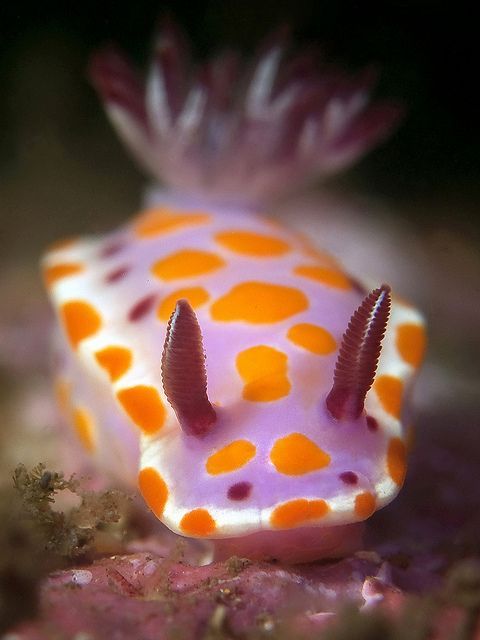La Jolla, California

La Jolla, California
Photo by Meg Mindlin
megmindlin.com
More Posts from Invertebabe and Others

Rays rays rays









Deep Sea Beauties

Drew some poisonous & venomous sea creatures for my first foray into risograph printing. I’m so pleased with how bright the colors turned out in-person. :') [shop link]









nudibranchs via seaslugs_n_stargazers on ig

Lookf at these buges…


I think everyone needs to see them


Do you like Squid Facts? 🔲Yes 🔲No
This valentines day, we thought you might need a little help from cephalopods to celebrate. Get a pack of 20 cards for your classroom, your coworkers, your neighborhood, frankly anyone who needs both a valentine AND a little bit of science to boot.
Get 'em here: https://squidfacts.bigcartel.com/
Proceeds benefit science education nonprofit Skype a Scientist AND the graduate student who designed these cards who is studying octopuses (Meg Mindlin @invertebabe!). Meg is trying to afford to get to a cephalopod neuroscience conference later this year and these cards will help her get there 🫡

They, of course, come with the classic heart stickers, a range of shades of pink and purple included.
Meet the glass squids 🦑
Glass squids live in the boundless waters of the twilight zone. With no protective shell and nowhere to hide, they have to get creative.
Glass squids use an invisibility cloak to stay safe in these dark waters. Like other cephalopods, they are covered in tiny pigment sacs called chromatophores. When their chromatophores are closed, their skin is basically see-through.

When their cover is blown, they expand their chromatophores to darken their appearance. Or they might simply ink and jet away!
Glass squids also have special light organs that mask the shadow of their more opaque body parts. This helps them maintain their cloak of invisibility and hide from both predators and prey.

But the future of all midwater animals is in jeopardy. The deep seafloor contains many precious minerals critical to modern technologies—like the batteries in your phone. Mining these metals will release plumes of wastewater that will cloud the ocean's twilight zone.
We urgently need to identify the impacts deep-sea mining will have across all ocean habitats, from the midwater to the seafloor.

Help protect the glass squid by sharing what you've learned. Together we can build a community of ocean champions!
Learn more about this and other fascinating animals of the deep on our website.

Daily Cephalopod #28

Sneaking out of the office early on a Friday like…
Deep-sea giant isopods use their 14 legs to tiptoe along the seafloor. When the need to move a little more quickly arises, they fan out their uropod and pleopods (their tail and swimming limbs) and paddle away. Either way, they’re getting a jumpstart on the weekend.

Parnassius apollo
-
 exaltat-ion reblogged this · 8 years ago
exaltat-ion reblogged this · 8 years ago -
 invertebabe reblogged this · 8 years ago
invertebabe reblogged this · 8 years ago

octopus biologist and artistex pop punk princessbio.site/invertebabe
91 posts